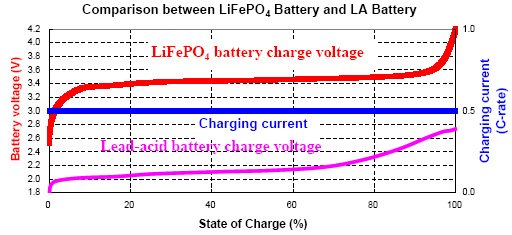Even if the BMS in the Ohmmu could be designed to exactly emulate the charging profile of the OEM lead acid battery, why would anyone install one of those? I doubt they put anything in it that makes it act like a de facto voltage regulator/buffer the way a lead acid battery does (and remember that the entire charging system and low voltage power supply, including the stuff that powers your accessories, was designed for the OEM lead acid battery). So in addition to getting stranded because the car's BMS doesn't like something about the Ohmmu battery, you could also damage your accessories on the 12V outlet and anything else attached to the low voltage power supply if the aftermarket battery isn't regulating voltage like the DC-DC converter and charging system expects it to.
If you really want a Li-ion low voltage battery, then have Tesla do the retrofit and replace the DC-DC converter, low voltage battery charging system, and washer fluid pump (which apparently had to be redesigned to deal with the higher voltage of around 15V). I'm sure that they also put an additional voltage regulator into that system if it's required. You shouldn't just change battery chemistries without changing the charging system as that's asking for trouble.
This reminds me of people who would try to "upgrade" their headlights from halogen to HIDs by just putting a HID bulb where the halogen bulb was supposed to go. No, this is NOT the proper way to do things! The entire optics of the headlight had been designed for a halogen bulb with a halogen filament, and a HID bulb outputs light from a different source, in different wavelengths, at different intensities, and emits light from a different shape (arc vs. a halogen filament). You cannot just add ballasts and swap bulbs because the beam pattern will be wrong (one advantage of HID headlights is that they are able to put more light out to the sides), and you'll blind other drivers because the light going straight ahead will be too strong (HID bulbs are more intense) and the wrong parts of the headlight housing will be reflecting light as it's coming from an arc instead of a filament. To change the type of bulb you're using, you have to replace the entire optics of the headlight in addition to the bulb, and to change battery chemistries, you have to replace the entire charging system.




